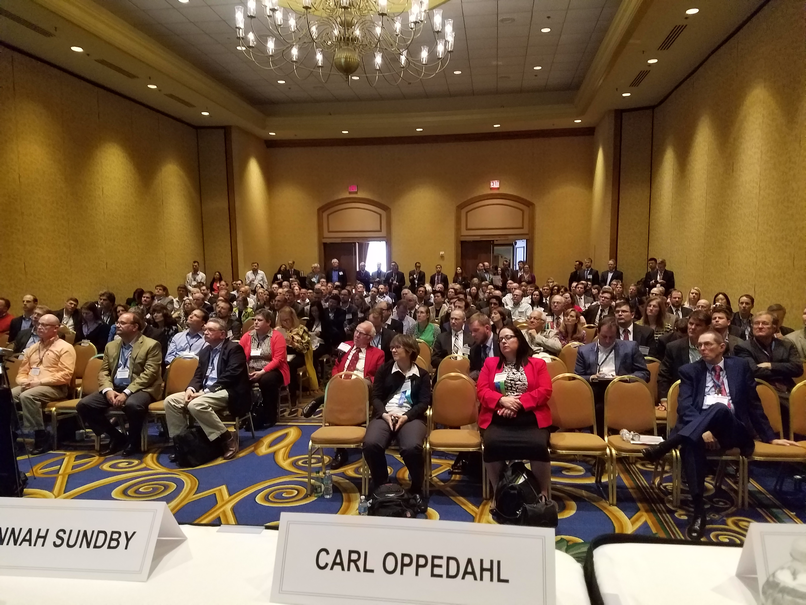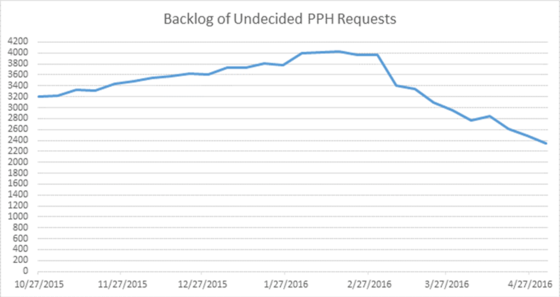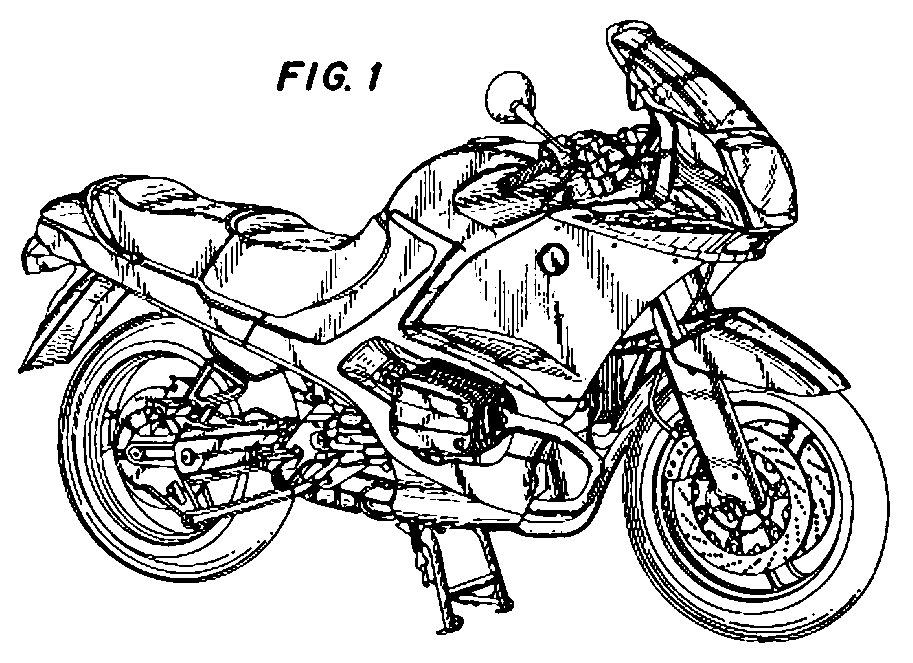A couple of weeks ago I had the honor of teaching a class at the annual meeting of the Tennessee Intellectual Property Law Association. It was a delightful time. The Association members made me feel welcome and the class went well. (I spoke about best practices for use of the Patent Cooperation Treaty.) But that’s not the point of today’s post. The point of today’s post is to comment on the background music in the Nashville airport. Continue reading “The background music in the Nashville airport”
Learning about Restoration of Priority
 Today I gave a presentation on Restoration of Priority. This was at the AIPLA meeting in Minneapolis. Here was the audience. I guess about 150 people. Also on the dais were Robert Sachs, talking about Section 101 and Alice, and Suzannah Sundby, talking about Section 101 in the biotech/pharma world. You can download my slides here.
Today I gave a presentation on Restoration of Priority. This was at the AIPLA meeting in Minneapolis. Here was the audience. I guess about 150 people. Also on the dais were Robert Sachs, talking about Section 101 and Alice, and Suzannah Sundby, talking about Section 101 in the biotech/pharma world. You can download my slides here.
USPTO does better with PPH requests lately
Yesterday the USPTO published a graph showing progress in disposing of what had been a very discouraging backlog of unattended-to Patent Prosecution Highway requests. Here is the graph:
requests. Here is the graph:
From a glance at this graph, one might have the impression that the problem at the USPTO had started in October of 2015. In fact the problem dated from at least as early as November 2014, when I blogged about ever-increasing delays at the USPTO in granting PPH requests. In April of 2015 I had faxed a letter to Director Lee about this growing backlog.
USPTO’s graph indicates a backlog of unattended-to PPH requests of about 3200 cases in October 2015, reaching a peak of about 4000 in February 2016, and a notable drop to around 2400 as of a few weeks ago. (I note that our firm, all by itself, was responsible for something like 2% of all of these PPH cases.)
The interesting question is how this effort at the USPTO is working out nowadays for particular applicants. We try to track these things pretty closely at our firm, and here is what we see. Continue reading “USPTO does better with PPH requests lately”
Please attend the OPLF reception in Orlando
Will you be in Orlando, Florida at the time of the 2016 meeting of INTA (the International T rademark Association)? Are you a member of the E-Trademarks Listserv? Are you with a trademark or patent firm located outside of the US? Or are you with a corporation? If so, we hope you will join the people of Oppedahl Patent Law Firm LLC at our reception for the E-Trademarks Listserv. Our reception will take place at B B King’s Blues Club from 5PM to 8PM on Tuesday, May 24.
rademark Association)? Are you a member of the E-Trademarks Listserv? Are you with a trademark or patent firm located outside of the US? Or are you with a corporation? If so, we hope you will join the people of Oppedahl Patent Law Firm LLC at our reception for the E-Trademarks Listserv. Our reception will take place at B B King’s Blues Club from 5PM to 8PM on Tuesday, May 24.
To learn more abut the reception, and to RSVP, please click here.
Docketing PPH – chief sources of delay
What are the Best Practices for docketing PPH? What are the chief sources of delay that the practitioner hopes to control or minimize as part of the PPH docketing process? In this article I will try to answer these two questions. Continue reading “Docketing PPH – chief sources of delay”
Yet another nice thing about ePCT
The other day I stumbled quite by chance upon yet another nice thing about ePCT. In this blog article I will describe the nice thing. And the alert reader might be able to win a prize. Continue reading “Yet another nice thing about ePCT”
Get some PCT CLE in Nashville on May 6
Yours truly will speak at the Spring CLE program of the Tennessee Intellectual Property Law Association, on Friday, May 6 in Nashville, Tennessee. You can see the brochure here. I will lecture on best practices for use of the Patent Cooperation Treaty. I look forward to seeing lots of Tennessee patent practitioners at this program.
New Financial Manager system connects with more and more USPTO e-commerce systems
USPTO launched its “Financial Manager” system about two weeks ago. (At the same time, USPTO permanently shut down the wonderful “Financial Profile” system that had served users well for many years.)
When the Financial Manager (“FM”) system launched two weeks ago, it was connected with one e-commerce system, namely the system for paying patent maintenance fees. I blogged about the new maintenance fee payment system here.
Today the USPTO connected its new FM system to TEAS, the e-filing system for trademark application. I blogged about this new connection here.
This means that trademark filers no longer have to key in an entire credit card number when paying a fee. The filer can simply select the card from a drop-down list of stored payment mechanisms.
Today the USPTO also connected its new FM system to the online ordering system of the Office of Public Records. This ordering system, with the catchy name “OEMS”, now likewise permits you to select a payment mechanism from a stored list. This saves you having to key in detailed credit card information when placing such orders.
I have heard that in about a week, USPTO plans to connect FM to the EFS-Web system.
It’s clear from these developments that we all need to get familiar with FM. Presumably you configured your FM user accounts two weeks ago. But if you have not done so yet, you can visit the Financial Manager setup page to set things up.
Have you used FM? Please post a comment below to let readers know how it went for you.
Paying maintenance fees has gotten easier
In the old days (more than two weeks ago), when you were paying some maintenance fees, you had to treat each individual maintenance fee as a separate task. For each maintenance fee, you had to hand-key six categories of information — the credit card number, the expiration date, the CCV code, the cardholder name, the billing address, and the billing Zip code. For a filer who was paying more than one maintenance fee, this was tedious. But two weeks ago, things got easier.
Continue reading “Paying maintenance fees has gotten easier”
A nice patent drawing book for the coffee table
The 2015 US Design Patent Tote Board has a firm at tenth place, namely QuickPate nts, founded by patent agent Kevin Prince. Just today I learned that he has written a nice book about patent drawings. The book does not promote Kevin or his firm, but simply celebrates the delightful world of patent drawings. The book, which I recommend, would look nice on anybody’s coffee table.
nts, founded by patent agent Kevin Prince. Just today I learned that he has written a nice book about patent drawings. The book does not promote Kevin or his firm, but simply celebrates the delightful world of patent drawings. The book, which I recommend, would look nice on anybody’s coffee table.
